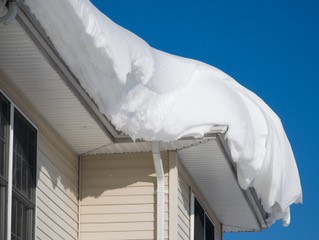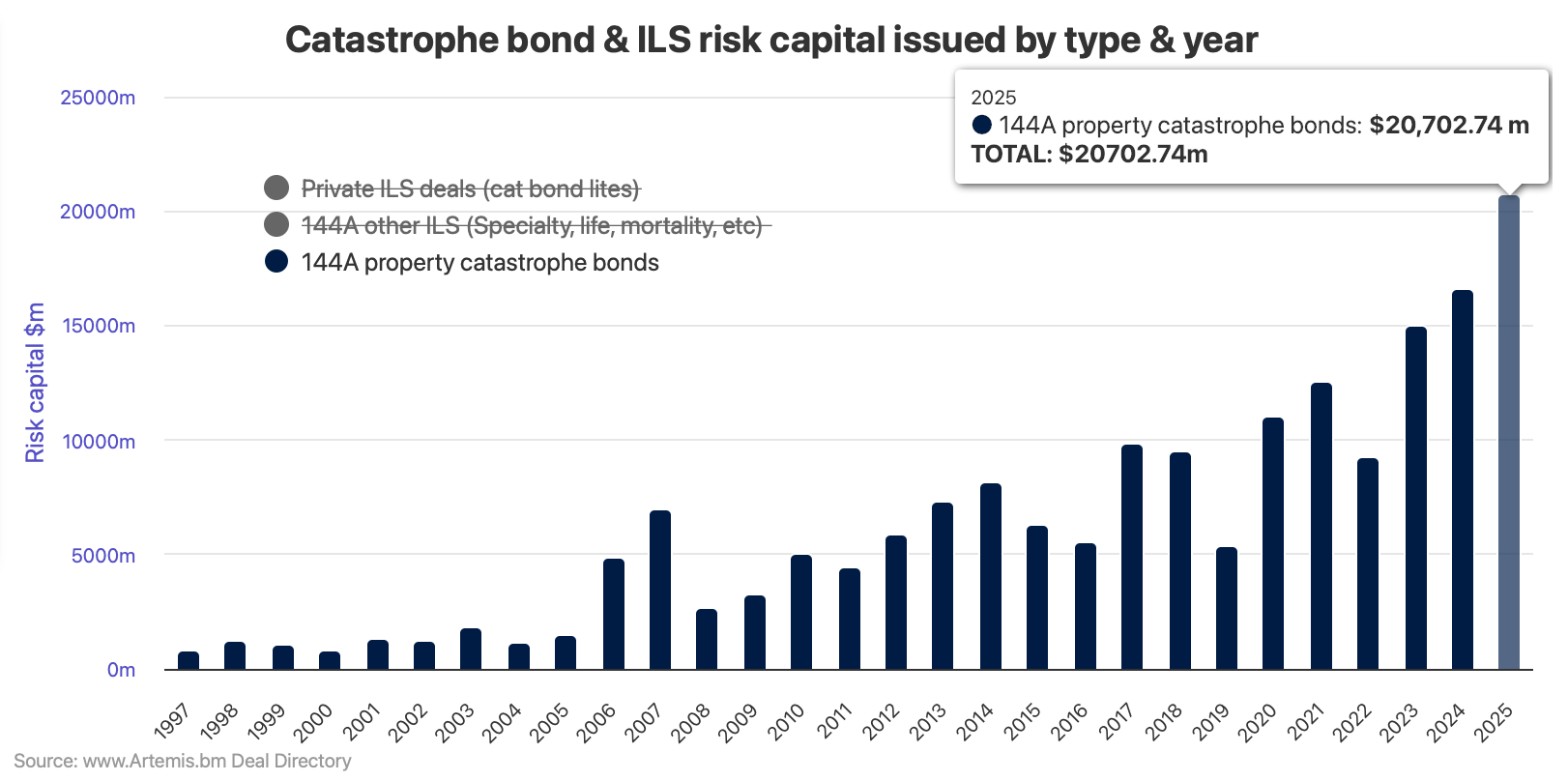
This entry is part of 17 in the series Winter DefenseWinter Defense4 Ways to Prevent Roof Collapse This Winter3 Key Elements of Safe Winter DrivingWalk Safely on Ice (Like a Penguin)It’s Cold Outside: Dress to ProtectRecognize Dangerous Warning Signs of Frostbite and HypothermiaProtect Your Business from Winter Slips & FallsPrepare for Hazardous Winter TravelDon’t Let Ice Freeze Your BusinessTips for Driving in a Winter Storm10 Tips for Winter TravelSalting Winter SidewalksSnowblower Safety: Tips to Keep You Safe When Dealing with Snow9 Snow Shoveling Safety TipsHow To Prevent Slipping on Ice This Winter7 Tips to Prevent Frozen Pipes in an Arctic BlastStay Warm While Working in the ColdPrevent Common Winter Losses with Early-Season Maintenance Damage to your roof from severe winter weather conditions is the last thing your business needs.Particularly for flat rooftops, it’s important to take preventive measures before and during the winter season.Ideally, preparation should begin 6 to 8 weeks before winter is in full swing.
Here are some ways you can get started to prevent roof collapse due to the elements.Read, ‘Prevent Common Winter Losses with Early-Season Maintenance.’ 1.Keep Gutters and Downspouts Clear One of the most important things you can do to prevent roof collapse is keep your gutters clean and your downspouts clear.
Clogged gutters prevent melting snow and ice from draining properly, which can create large, heavy pools of water on the roof surface.This can result in seepage into your roof and wreak havoc on your ceilings, or it can freeze over causing ice dams which can result in additional damage.Similarly, it’s important not only to ensure downspouts are properly clear, but that they are also the right size.
If, for instance, your downspout is aimed directly at the ground, there’s a good chance snow and ice will build up and freeze over, causing gutter clogging.Additionally, if the downspout runs along the ground, it’s just as important to keep the output area clear.This means you should avoid piling your shoveled snow near the downspouts and frequently check them after winter storms.
2.Remove Snow and Ice Frequently and Properly Removing accumulated snow is crucial in preventing roof collapses.It takes the weight off the roof, prevents structural damage, staves off water pools and prevents ice damming.
It’s important to remove the snow properly.Do not go up onto your roof and shovel the snow; the risks of falling and causing damage are very high.We recommend hiring a qualified professional contractor that has the proper equipment, safety training and experience to handle this type of work.
When hiring contractors, always make sure that they have the proper insurance coverages in force by obtaining and reviewing their certificates of insurance.Read our blog on business contracts or contact your Society Insurance agent for more information on this process. In some cases, accumulated snow can be safely removed from the ground level.This can be done using a specially designed snow rake for sloped roofs.
A snow rake can remove accumulated snow from as far up the slope as the rake will reach, down to the eaves.This can be very effective in removing excess snow and in preventing ice dams at the eaves.It is important to know that careless or improper snow removal can damage the roofing materials and do more harm than good, especially if the roof is shingled.
Using anything other than a specially designed snow rake is likely to cause damage to the roofing materials.It’s also important to maintain the balance of the roof structure so snow weight is evenly distributed.3.
Stay Up to Code Although snow is most often the most direct cause when it comes to roof collapses, a well-designed and maintained roof should be able to easily withstand the elements.One of the biggest culprits of winter roof collapses is poor structural design, improper construction, or misuse of materials when building the rooftop.Have a building inspector look at your rooftop well in advance of the winter preparation process so any repairs or redesigns can be implemented first.
4.Be Aware of Common Wintertime Roof Collapses The most common ways rooftops collapse in wintertime are: Sloped roofs causing refreezing on eaves, leading to ice dams or backup under shinglesPoor planning or improper constructionAn aged building or outdated building codesAllowing snow load to exceed the capacity of the roofSnow drift conditions caused by windRain on top of snow, which then freezesClogged guttersSigns Your Roof is on the Verge of Collapse While it’s important to ensure your roof is capable of handling winter snow loads and that it’s up to code, it’s also crucial to know the signs of an impending roof collapse.Monitor and stay aware of daily snow fall amounts and the accumulation of snow on your roof.
The following are some common signs of an impending roof collapse: A sagging ceilingWet and/or stained roof tilesSevere/repeated leaksSagging sprinkler headsDoors and windows become hard to close, or pop open on their ownCreaking or popping noises coming from the roofIf you see one or more of these signs, evacuate the building and call a qualified roofing professional or building inspector to assess the situation.These situations may indicate that your roof is at risk of collapsing and potentially causing personal injury and property damage.Society Insurance Has Your Back This Winter Society Insurance has your back with comprehensive business insurance policies.
If you do submit a claim, we are here to take care of the details so you can get back to business.Learn more about protecting your livelihood by contacting a local Society Insurance agent.Additional Resources
Salting Winter SidewalksPreventing Frozen PipesSnow Shoveling Safety TipsSnow Blower Safety Tips
Series Navigation3 Key Elements of Safe Winter Driving >>Share this post:FacebookTwitterLinkedinemail
Publisher: Society Insurance








